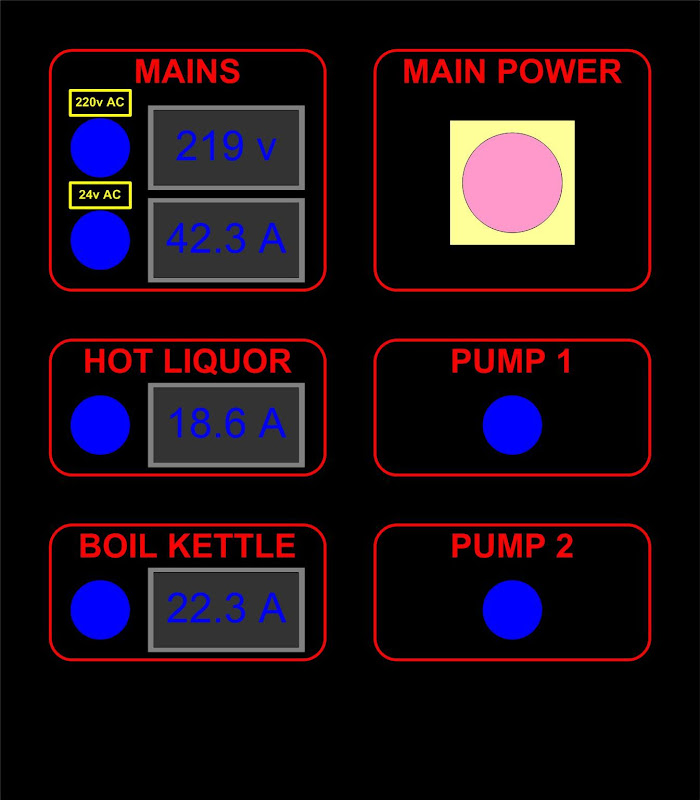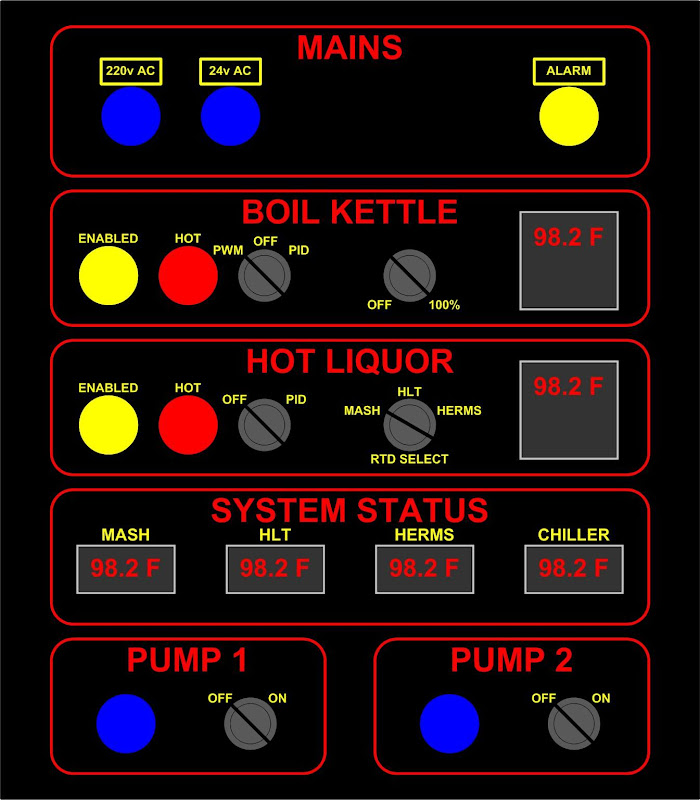So I'm not real thrilled with the prospect of installing a bunch of SSRs with huge heat sinks in an already small electrical box. The alternative I have found is a Miniature Power Relay. Here is a link.
The main disadvantage I can see is that because it is not a solid state unit, the number of operations are limited to 100,000 at their rated current. I figure if these were used once a week, they could potentially need to be replaced after a year and a half.
Has anyone used these instead of SSRs? Are there any other options to SSRs that are cost effective (contactors don't appear to be very cheap).
The main disadvantage I can see is that because it is not a solid state unit, the number of operations are limited to 100,000 at their rated current. I figure if these were used once a week, they could potentially need to be replaced after a year and a half.
Has anyone used these instead of SSRs? Are there any other options to SSRs that are cost effective (contactors don't appear to be very cheap).




